Fender Tone - Edit & download guitar tones
Unleash your creativity with real-time sound editing & explore endless presets from a vibrant music community.

- 3.3.1 Version
- 1.1 Score
- 284K+ Downloads
- Free License
- 3+ Content Rating
Fender Tone® serves as the perfect companion application for the Fender® Mustang™ Micro Plus, GTX, GT, and Rumble™ Stage/Studio amplifiers.
• A FENDER® MUSTANG™ MICRO PLUS, GTX, GT, OR RUMBLE™ STAGE/STUDIO AMPLIFIER IS REQUIRED *
This app offers a wireless connection to your amplifier, allowing you to adjust sounds in real-time from a distance, back up and restore your presets online, or explore thousands of tones developed by Fender’s community of musicians and artists.
MANAGING PRESETS
• Easily switch between presets on your amplifier.
• Edit, save, and perform in real-time via your connected Mustang™ Micro Plus, GTX, GT, or Rumble™ Stage/Studio amp.
SIMPLE EDITING
• User-friendly interface and responsive design make editing a breeze.
• Unlimited sound customization available for your Mustang™ Micro Plus, GTX, GT, or Rumble™ amps.
CLOUD-BASED PRESETS
• Search for, browse, and download presets from the Fender Tone® community.
• Find presets crafted by renowned artists and players exclusively for Fender Tone®.
• Design your own unique tones and share your presets with others.
Speaker Wiring and Impedance Explained.
Speaker Cabinet Wiring and Impedances
We get many questions about speaker loads and impedance when it comes to matching a Bass Amplifier with a Speaker cabinet. Most players want to get the maximum amount of available power out of their amplifier while allowing the flexibility of adding additional speakers when the need arises. You will first need to know the Minimum "load" requirements of your amplifier and how much power the amplifier produces at 8-Ohms, 4-Ohms and (in some, but not all cases) 2-Ohms. When adding additional speakers cabinets to unleash your amplifier's additional power reserve, remember, you must DOUBLE your amplifier's power to gain only a 3db increase in volume (a very small increment). So, think of doubling your amplifier power more as a dynamic headroom reserve rather than as a means to play louder. However, the additional speakers that you use will generate a much greater ability to produce volume due to additional cone area pushing the airwaves. So, now we explore how these speaker cabinet wiring schemes are handled.
The output of your amplifier typically will feed a speaker cabinet with anywhere from 1 to 8 speakers depending on the power level involved. The speaker is a simple device which converts electrical energy into acoustic energy. The speaker consists of two main parts; (a) a movable cone (which travels in one dimension only - in and out) with a voice coil at the base of the cone and (b) a stationary magnet attached to the speaker frame. The cone is attached to the top opening with a circular flex edge (the surround) and at the base of the speaker with a smaller circular edge (the spider) shown in Fig. 1.
The speaker creates acoustic energy by acting like an air pump which pushes air out when the magnetic field created by the voice coil repels that of the permanent magnet and sucks air in when he magnetic field created by the voice coil attracts that of the permanent magnet. When an audio signal is applied to the voice coil, air is modulated according to the shape of this electrical signal and sound is produced.
This phenomena shows that speakers do have polarity despite the fact that they operate with an AC signal. Therefore, with a multi-speaker cabinet all speakers must be properly phased or else some speakers will pull in while others are pushing out thereby decreasing the efficiency (and volume) of the speaker array. This is applicable whether the speakers are in series, parallel, parallel/series or series/parallel as shown in figures 2, 3, 4 and 5.
Multi speaker cabinets are used for three basic reasons:
(1) Multiple speakers can handle more power than a single speaker. Why? With a single speaker system you only have one voice coil/manget device - one motor, if you will - and this device must handle all of the AC current being supplied.
Amplifier speaker outputs and Speaker jacks are almost always wired in parallel, so there would be no difference in running two speaker cables from your amplifier to two cabinets or one speaker cable to the first cabinet and then a second speaker cable to the second cabinet.
For a Series then Parallel arrangement the impedance of two pairs of series speakers (8-Ohm each) is calculated first (16-Ohms at each leg), then they are wired in parallel, for a total load of 8-Ohms.
(2) Multiple small speakers have a larger surface area than one single large speaker and hence are more efficient (and louder). A single 15" speaker has a surface area of 177 square inches, where four 10" speakers have a surface area of 315 square inches. So, you have the efficiency of having this one cabinet more easily move air and a higher power handling capacity.
(3) Multiple speakers eliminate resonance problems associated with single speakers where some notes are more pronounced than others. The trend, as you have noticed, is to use multiple "smaller" transducers (speakers) in each cabinet as a design to better control the resonance of each speaker box.
The rules of series and parallel resistance also apply to speaker impedances as shown in the figure below.
Thus, two 8-Ohm speakers in Series result in an effective impedance of 16-Ohms:
where two 8-Ohm speakers in Parallel result in an effective impedance of 4-Ohms.
For a parallel then series arrangement the impedance of the two pairs of parallel speakers (8-Ohms each) is calculated first (4-Ohms per set), then their impedance is put in series for a total of 8-Ohms.
Both of the wiring schemes have the exact same impedance despite the different configuration.
The advantage of the parallel then series arrangement is that if one speaker fails (open circuit) the remaining three speakers will continue functioning with some impedance mismatch (12-Ohms instead of 8-Ohms). The series then parallel impedance arrangement will have only two speakers functioning in the case of one speaker failure and will have a more severe impedance mismatch (16-Ohms instead of 8-Ohms). In either case the bad speaker must be replaced or else the remaining speakers (and possibly the amplifier) will eventually fail as well.
The series then parallel arrangement however will have a stronger bass end because the amplifier sees twice as much speaker branch inductance than it would with the parallel then series arrangement. Similarly, the parallel then series arrangement will have a stronger treble end due to the reduced speaker branch inductance.
Here is a table showing the possible wiring schemes found inside a speaker cabinet. These formulas are also used when combining speaker cabinets when designing your amplifier rig.
Note: Combinations with (*) are not typically usable with actual amplifiers. Even the conbination of 2-Ohms is usable in very few instances (notably the Fender Bassman, the Sadowsky SA-200 Amplifier and some of the PA/Separate Power Amplifiers (Crest, etc.).
- Version3.3.1
- UpdateAug 22, 2025
- DeveloperFender Musical Instruments Corporation
- CategoryMusic & Audio
- Requires AndroidAndroid 6+
- Downloads284K+
- Package Namecom.fender.tone
- Signature90f8bf0ddc8867a7abe6ab840d1a6b8f
- Available on
- ReportFlag as inappropriate
-
NameSizeDownload
-
100.87 MB
-
100.85 MB
-
100.79 MB


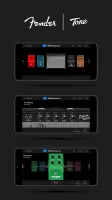
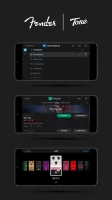
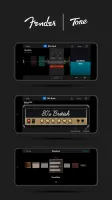
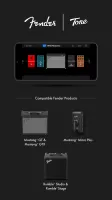
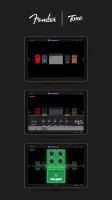
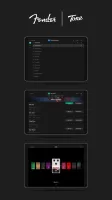
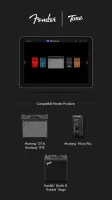



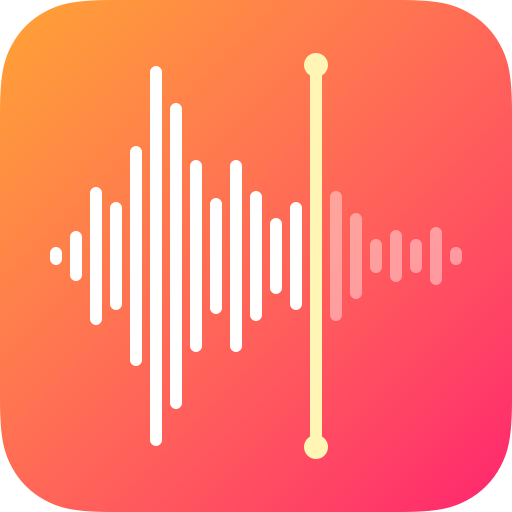

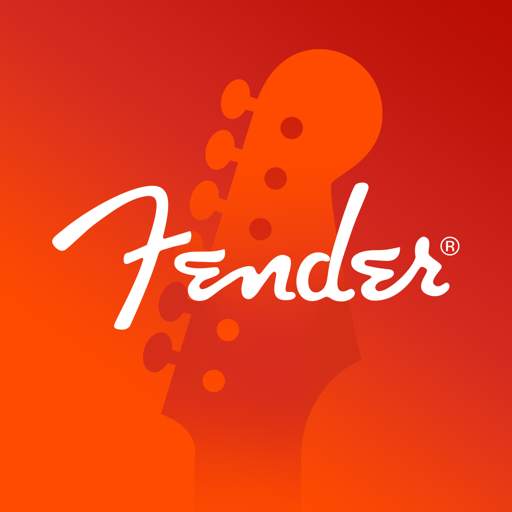














Saves money on effect pedals
Versatile with plenty of tone options
Easy to connect and control from a distance
Ability to audition tones before downloading
Responsive app functionality after troubleshooting
Provides seamless connectivity for tone adjustments
Offers a visual representation of pedals and settings
Enhances learning experience for beginners
Allows customization of presets
Unreliable Bluetooth connectivity
Inconsistent app performance across devices
Difficult to use due to landscape-only mode
App crashes or freezes frequently
Complicated preset downloading process
Lack of customer support response
Limited functionalities compared to expectations
Issues with input delay during playback
Frustrating user interface navigation